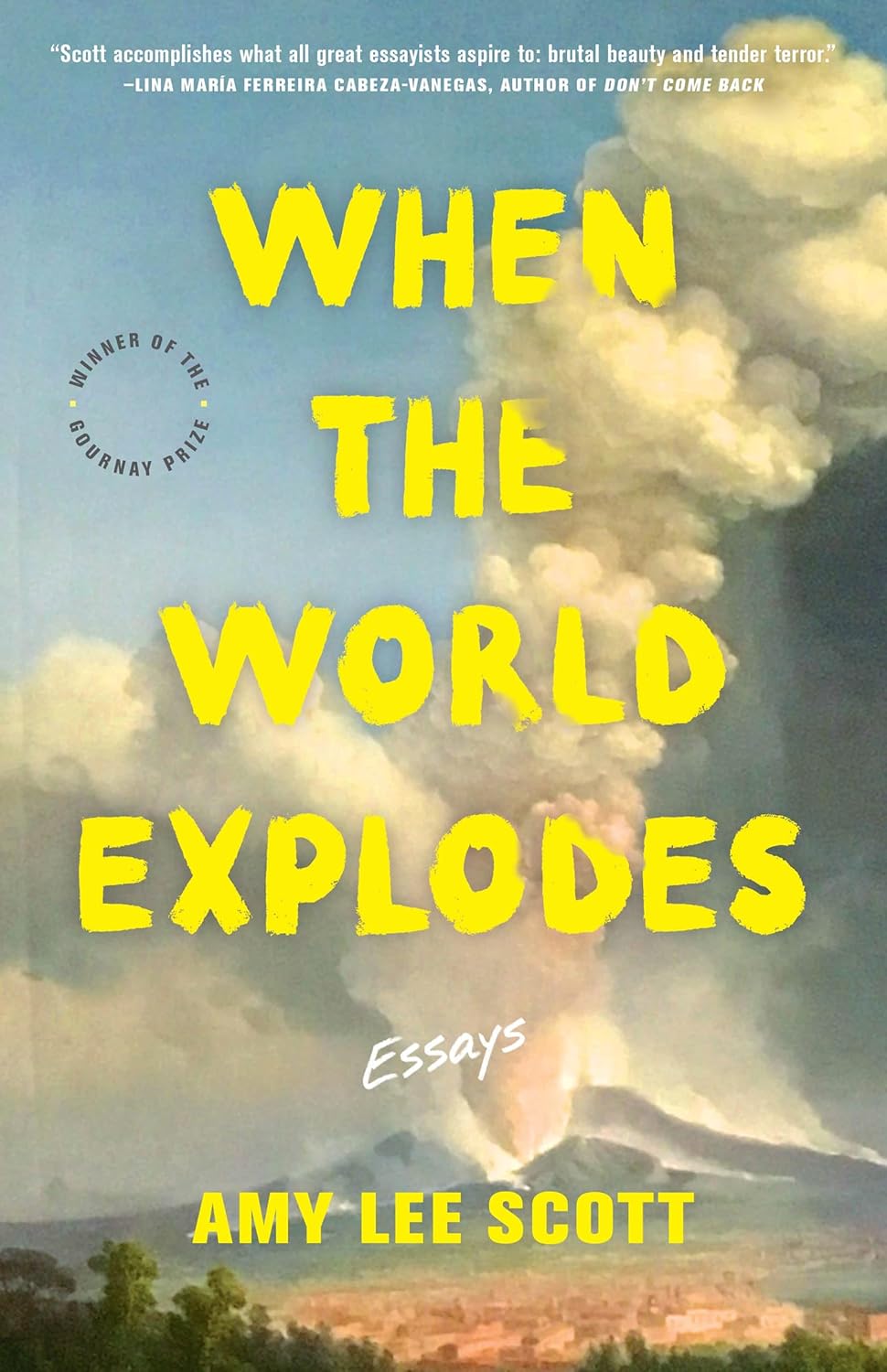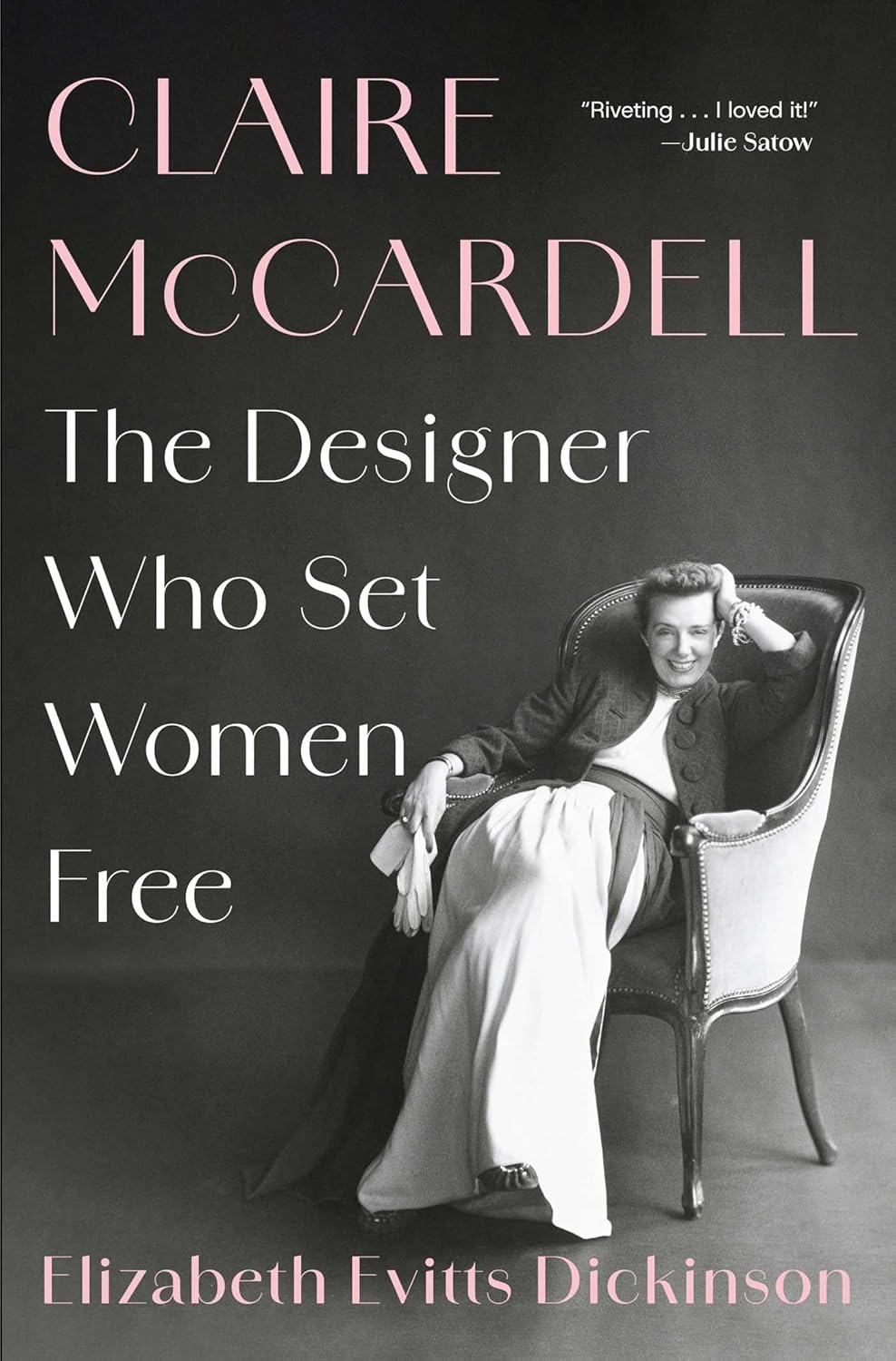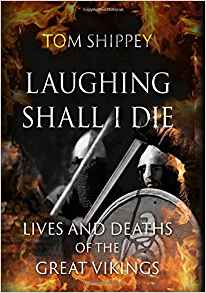When the World Explodes: Essays
- By Amy Lee Scott
- Mad Creek Books
- 192 pp.
- Reviewed by Alice Stephens
- April 28, 2025
Personal history and natural disasters intertwine in these reflections on trauma.

By the age of 7, Amy Lee Scott has experienced the loss of two mothers: one through adoption from South Korea to the United States, and the other to cancer. In her debut collection of essays, When the World Explodes, Scott sees the violence and disruption of her personal history reflected in global catastrophes.
Adopted as an infant into a white family which eventually grew to include six children, the author writes, “My childhood was riddled with a series of disasters, natural and otherwise. It was Los Angeles County in the early nineties. Every time I turned on the TV there was a riot or a mudslide, wildfires, earthquakes, drought, floods.”
Scott lived through the Northridge earthquake, a flood, and a meteor exploding over her home. She witnessed her adoptive mother’s slow and painful battle with cancer and saw a woman die by suicide. She experienced the wrenching loss of miscarriage and the early death of a friend. The toll of these accumulated traumas is persistent, manifesting in an array of symptoms, including constant vigilance, deep-seated anxiety, and fearfulness.
Many of the essays braid motherhood, grief, and longing as Scott navigates the losses of her birth family, her adoptive mother, and an unborn baby, along with the wonder and agony of pregnancy and childrearing. Tracing the source of her mental-health issues back to her adoption in the essay “Everyone Knows One,” Scott wonders about the effects of her birth mother’s stress on her embryonic development and worries about passing on her own anxieties to her children.
In “Field Guide to a Common Pregnancy: Notes on Loss and Growth,” the author charts the in-utero development of her first child while looking back at her miscarriage and her own origins as an infant with a Korean name and a few vague details in her adoption papers. She finds connection to her unknown birth mother and the child she is carrying through their shared genes:
“We are three parts of a Russian nesting doll bound across two continents yet separated by a gulf of culture and language and unanswerable questions.”
“BabyLand” recounts a visit Scott and her husband make to BabyLand General Hospital, where visitors watch an animatronic rendition of Cabbage Patch Kids being born and can then “adopt” a freshly delivered doll. She reflects on the story of her own adoption, which was inspired by her adoptive mother’s meeting a white woman in a grocery store who had a Korean baby. “There’s just such a need right now,” this woman told Scott’s mother.
South Korean adoption began with war orphans, Scott explains, but by the time of her adoption in the 1980s, those being adopted out were “babies born to unwed women, babies considered useless in patrilineal Korean culture.” Scott asserts that there was a strong connection between the popularity of Cabbage Patch dolls and Korean adoption, with the schmaltzy sentimentality of the former priming the public to embark upon the latter.
While this is an intriguing theory, a number of books published on the subject prove the popularity of Korean adoption started much earlier, promoted by evangelical Christians, adoption agencies, and U.S. imperialism, and abetted by the Korean and American governments. Many Korean adoptees have discovered their parents were (and still are) married, and that they often had additional children they kept. As adoptees speak out and share their stories, the Korean adoption system is being revealed to have been susceptible to abuse and fraud. Thus, the tales Scott tells herself based on her adoption papers may not be true.
Striating the personal with the atmospheric or historic, the essays are constructed in layers that reveal patterns connecting a vast array of subjects and events. “Of Floods and Ruination” recalls the author’s miscarriage, during a flood, due to a “blighted ovum,” the minute-by-minute account told in counterpoint to the blight of ruined homes, piles of trash, and the stink of sewage from the deluge.
“Airborne Toxic Events” ponders threats that move through the air, such as planes on 9/11, the Chinese balloon that caused global consternation in 2023, and bullets in school shootings; the piece’s inciting event is a lockdown at her son’s school. “Convergence” is a poignant meditation — seamed with facts about birds and theories of flight — on the deaths of Virginia Woolf, the author’s mother, and an unknown woman Scott witnesses jumping to her death from a building.
By writing about her most harrowing moments, Scott seeks to make sense of a life that can hold so much pain and so much joy. “There is something to this telling of stories, this constant constellating, this remembering,” she explains. “Telling stories in order to remember gives the brain a certain flexibility, a forgiving adaptability.” In her essays, Scott is claiming her own narrative, healing herself, and offering her vulnerability to others so that they may know they are not alone.
A first-wave Korean adoptee, Alice Stephens is the author of the novel Famous Adopted People.

